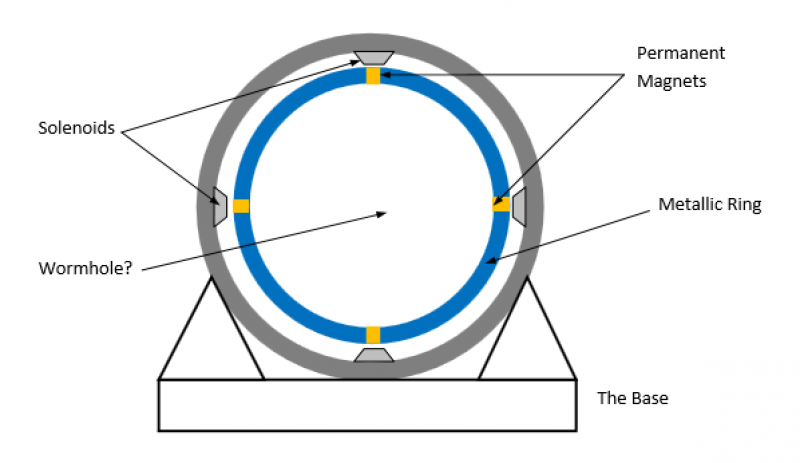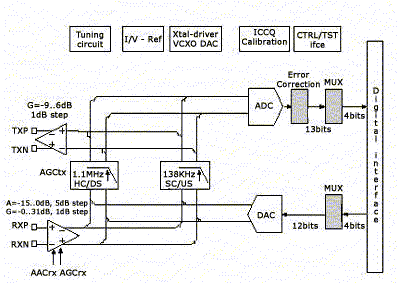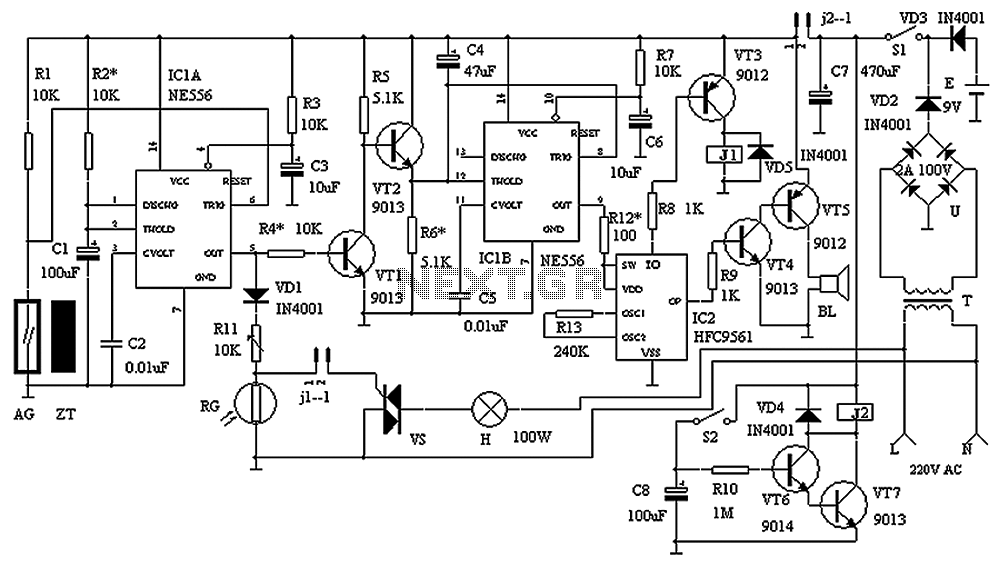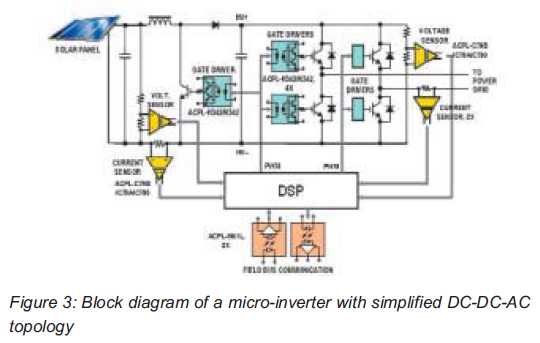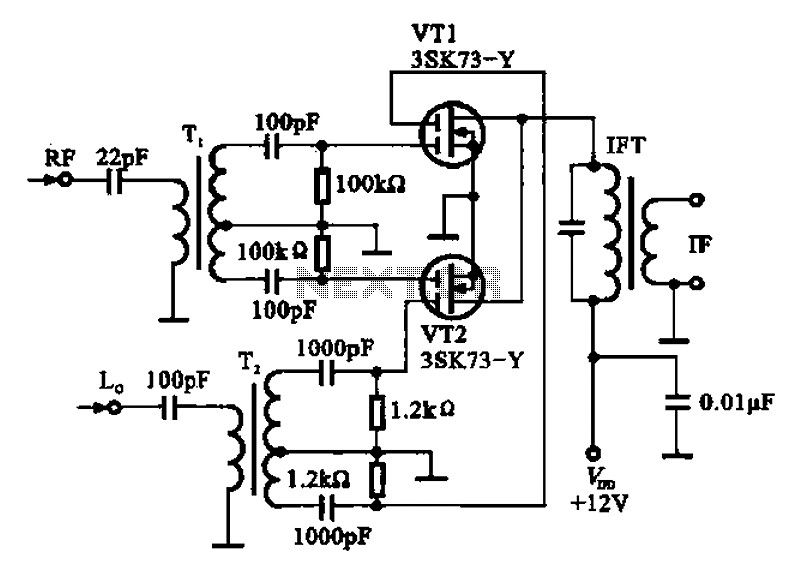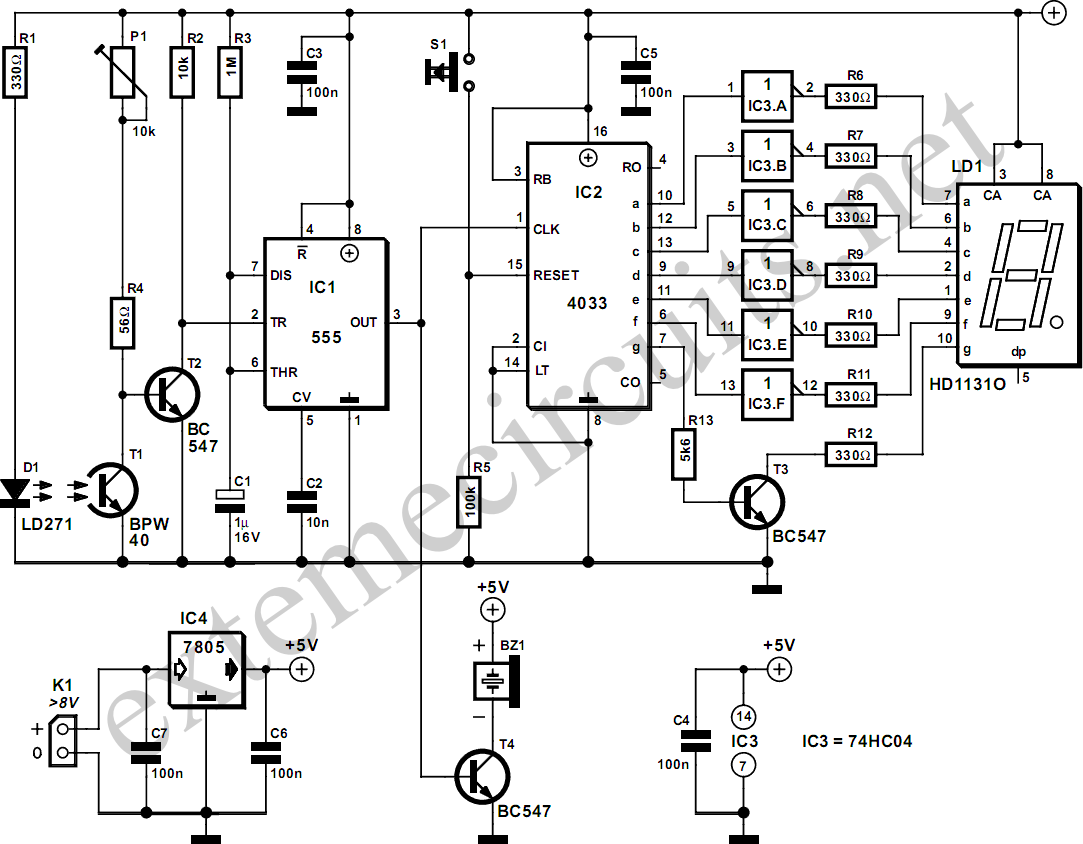
Xor Gate
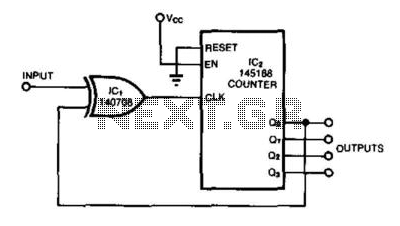
Inverting the negative-going input transitions allows the counter to count both positive and negative-going edges. The XOR gate transforms the input signal into a series of short pulses whose width is equal to the sum of the counter and gate propagation delays.
The circuit described involves an edge-triggered counter that utilizes an XOR gate to process input signals. By inverting negative-going transitions, the counter is capable of responding to both rising and falling edges of the input waveform. This dual-edge sensitivity enhances the counting capability, allowing for more accurate measurement of events that occur in both directions.
The XOR gate plays a critical role in this configuration. It takes the original input signal and generates output pulses that correspond to the transitions of the input. The duration of these output pulses is determined by the combined propagation delays of both the counter and the XOR gate. This means that the output pulse width will be influenced by the inherent delays within the components, which is crucial for ensuring that the counter accurately registers each transition.
In practical applications, this setup can be used in digital systems where precise counting of events is required, such as in frequency counters or digital signal processing applications. The careful selection of components and their respective propagation delays is essential for optimal performance, as any discrepancies can lead to counting errors. Therefore, designers must consider the timing characteristics of the XOR gate and the counter to ensure that the system functions as intended. Inverting the negative-going input transactions allows the counter to count both positive- and negative-going edges. The XOR gate transforms the input signal into a series of short pulses whose width is equal to the sum of the counter and gate propagation delays.
The circuit described involves an edge-triggered counter that utilizes an XOR gate to process input signals. By inverting negative-going transitions, the counter is capable of responding to both rising and falling edges of the input waveform. This dual-edge sensitivity enhances the counting capability, allowing for more accurate measurement of events that occur in both directions.
The XOR gate plays a critical role in this configuration. It takes the original input signal and generates output pulses that correspond to the transitions of the input. The duration of these output pulses is determined by the combined propagation delays of both the counter and the XOR gate. This means that the output pulse width will be influenced by the inherent delays within the components, which is crucial for ensuring that the counter accurately registers each transition.
In practical applications, this setup can be used in digital systems where precise counting of events is required, such as in frequency counters or digital signal processing applications. The careful selection of components and their respective propagation delays is essential for optimal performance, as any discrepancies can lead to counting errors. Therefore, designers must consider the timing characteristics of the XOR gate and the counter to ensure that the system functions as intended. Inverting the negative-going input transactions allows the counter to count both positive- and negative-going edges. The XOR gate transforms the input signal into a series of short pulses whose width is equal to the sum of the counter and gate propagation delays.
